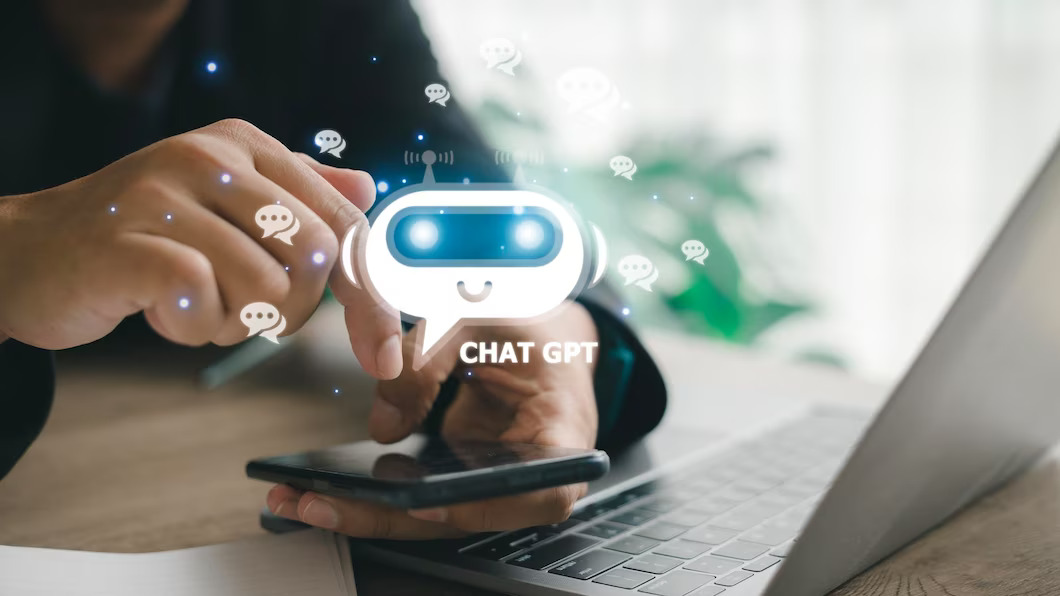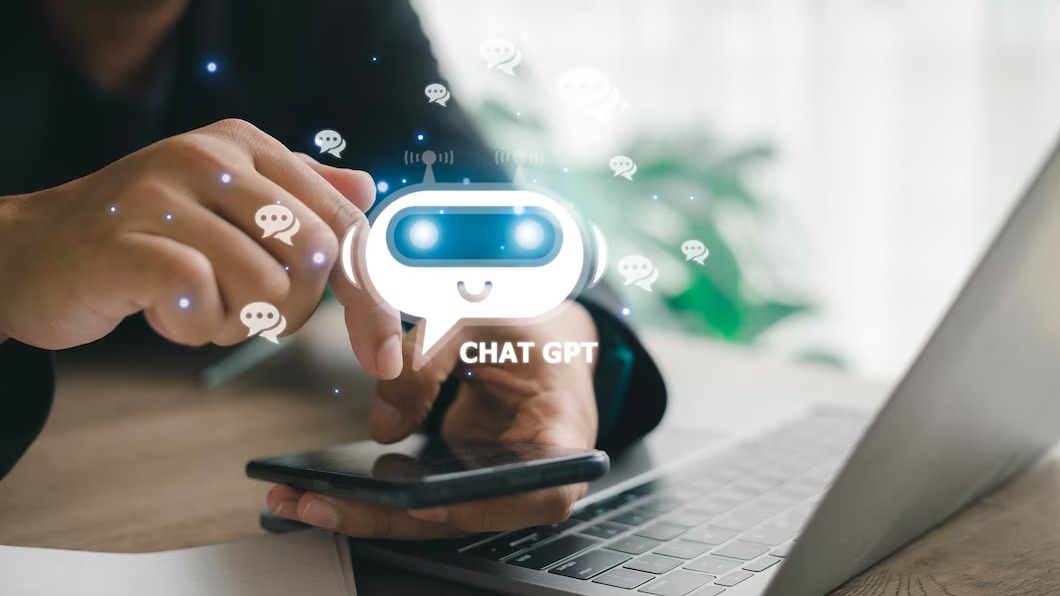Introduction to Voice Bots in Call Centers
In today's fast-paced business landscape, call centers play a pivotal role in ensuring efficient and effective customer support. As technology continues to advance, traditional call center operations have undergone a significant transformation, with the integration of voice bot solutions becoming increasingly prevalent. Voice bots, also known as conversational AI or AI voicebot, are automated systems designed to interact with customers through speech recognition and natural language processing (NLP) technologies.

Definition and Purpose of Voice Bots
Voice bots are intelligent software applications programmed to simulate human-like conversations and provide prompt assistance to customers calling into a call center. These state-of-the-art systems utilize advanced algorithms and machine learning techniques to understand customer inquiries, respond appropriately, and perform various tasks without the need for human intervention.
The primary purpose of implementing voice bots in call centers is two-fold: enhancing operational efficiency while improving customer experience. By automating repetitive and mundane tasks such as answering frequently asked questions or processing simple transactions like balance inquiries or appointment scheduling, voice bots free up human agents' time to handle more complex issues that require human judgment and empathy.
Evolution of Call Center Technology
The adoption of voice bot solutions in call centers is a result of the continuous evolution of technology in this industry. Traditional call centers relied heavily on manual processes that were time-consuming and prone to errors.
However, with advancements in artificial intelligence (AI) and natural language processing (NLP), the capabilities of call center technology have expanded significantly. In recent years, machine learning algorithms have become instrumental in training voice bots to understand and respond to a wide range of customer queries.
Benefits of Using Voice Bots in Call Centers
The incorporation of voice bot technology in call centers offers several notable benefits. Firstly, it enables call centers to handle a higher volume of inbound calls without increasing staffing levels.
Voice bots can efficiently address routine inquiries, thereby reducing wait times for customers and enhancing overall service quality. Secondly, voice bots provide consistent and standardized responses across all interactions.
Unlike human agents who may occasionally deviate from established scripts or encounter information gaps due to varying levels of training or experience, voice bots follow pre-defined conversational scripts meticulously while accessing up-to-date data sources. This consistency ensures a uniform level of service delivery throughout the organization.
Understanding Voice Bot Technology
Speech recognition and natural language processing (NLP)
Voice bots in call centers rely on cutting-edge technology, including speech recognition and natural language processing (NLP). Speech recognition enables the voice bot to understand spoken language and convert it into text, allowing for efficient analysis and response generation.
By leveraging NLP techniques, voice bots can extract meaningful information from customer queries, identify intent, and generate appropriate responses. NLP algorithms enable the voice bot to comprehend nuanced language patterns, handle variations in speech, and accurately interpret customer requests.
Machine learning algorithms for voice bot training
Training a voicebot conversational AI model requires sophisticated machine learning algorithms that enable it to learn from data and improve its performance over time. Initially, a large dataset containing labeled examples of customer interactions is collected. This dataset is used for training the voice bot model through supervised learning techniques.
Machine learning algorithms then analyze these labeled examples to identify patterns in speech and understand various intents expressed by customers. Supervised learning allows the AI voicebot to make accurate predictions based on past experiences by mapping input features (voice recordings) to corresponding labels (customer intents).
Integration with CRM systems and databases
To provide personalized assistance efficiently, voice bots need to seamlessly integrate with customer relationship management (CRM) systems and databases. Integration with CRM systems allows voice bots to access relevant customer information, including past interactions, purchase history, and preferences.
This empowers voice bots to offer tailored solutions and enhance the overall customer experience. By leveraging CRM integration, voice bot solutions can automatically retrieve customer data during interactions, eliminating the need for customers to repeat information they have already provided.
Furthermore, integrating with databases enables voice bots to retrieve real-time information such as product availability or order status. This integration streamlines the call center operation by reducing handling time and ensuring accurate responses.
Implementing Voice Bots in Call Centers
Assessing Call Center Needs and Requirements
Every call center operates with unique needs and requirements, making it crucial to conduct a comprehensive assessment before implementing AI voicebot solutions. This assessment involves identifying high-volume repetitive tasks that are suitable for automation. By analyzing call center operations, managers can pinpoint tasks that consume valuable agent time while requiring limited decision-making or complex problem-solving.
These tasks typically involve routine inquiries, basic product information requests, or frequently asked questions. Automating these tasks with a conversational AI voice bot allows human agents to focus on more complex and value-added interactions.
Additionally, assessing customer pain points and common inquiries is pivotal in designing an effective voice bot system. By studying historical data, call logs, and customer feedback, companies can identify the most common issues faced by their customers.
Designing Conversational Scripts for Voice Bots
Creating conversational scripts that are friendly yet professional forms the backbone of an effective AI voicebot system in a call center setting. The tone of voice used by the virtual assistant must resonate with both customers' expectations and company branding guidelines. Mapping out different customer scenarios and responses helps ensure that the voice bot can handle various situations seamlessly.
By anticipating potential paths of conversation based on previous interactions, companies can design robust decision trees that guide the virtual assistant through different responses based on customer queries or needs. This approach ensures that the voice bot can provide accurate and relevant information, resolving customer issues effectively.
Training the Voice Bot Model
Training an AI voicebot model requires meticulous attention to detail and continuous improvement based on real-time feedback. Collecting and labeling large datasets of customer interactions is crucial for training the model effectively.
These datasets should cover various types of queries, scenarios, accents, speech patterns, and potential errors encountered during conversations with human agents. The broader the dataset collected, the greater the accuracy achieved by the AI voice bot in understanding different customer needs.
Implementing supervised learning techniques further optimizes accuracy in voice recognition and response generation. By leveraging existing labeled data from previous interactions with humans, machine learning algorithms can be applied to train models based on recognized patterns in speech inputs and corresponding responses.
Advanced Features of Voice Bots in Call Centers
Multilingual Support
In today's globalized world, call centers cater to diverse customer bases with different languages. Implementing multilingual capabilities in voice bots is crucial for providing efficient and effective customer service. The importance of catering to diverse customer bases cannot be overstated.
By offering support in various languages, call centers can enhance customer satisfaction and ensure that language barriers do not hinder the communication process. However, implementing multilingual capabilities poses several challenges.
These technologies use machine learning algorithms to automatically translate speech from one language to another in real-time. By integrating automatic translation capabilities into voicebot solutions, call centers can bridge communication gaps between customers and representatives who may not speak the same language fluently.
Emotional Intelligence Integration
Recognizing customer emotions is vital for delivering personalized and empathetic experiences in a conversational AI voice bot context. Through speech analysis techniques like prosody detection (analyzing tone, pitch, rhythm), sentiment analysis (determining emotional polarity), and keyword spotting (identifying specific words associated with emotions), voice bots can gain insights into a caller's emotional state.
Seamless Handover to Human Agents
While voice bots are designed to handle a wide range of customer inquiries independently, there are instances where human intervention becomes necessary. Seamless handover to human agents is a critical feature in voice bot solutions, ensuring a smooth transition when complex or sensitive issues arise.
By employing intelligent routing algorithms based on predefined criteria, such as topic complexity or customer request for live assistance, call centers can seamlessly transfer the conversation from the voice bot to a human agent. This feature ensures that customers receive the necessary specialized support when required while minimizing any disruptions in their customer journey.
Furthermore, seamless handover allows human agents to access relevant context and information gathered by the voice bot during the automated interaction. This knowledge transfer ensures continuity and enables human agents to provide personalized solutions efficiently, further enhancing customer satisfaction and loyalty.
Conclusion
Advanced features in voicebot solutions for call centers greatly enhance their capabilities. Multilingual support allows call centers to cater to diverse customer bases effectively.
By leveraging automatic translation technologies, language barriers can be overcome effortlessly. Emotionally intelligent voice bots recognize and respond appropriately to customer emotions, resulting in enhanced overall experiences.
Additionally, seamless handover from voice bots to human agents ensures that complex or sensitive issues receive personalized attention promptly. With these advanced features, call centers can offer exceptional customer service that leaves a lasting positive impression on customers and fosters long-term relationships between brands and consumers.


No comments yet